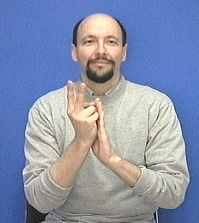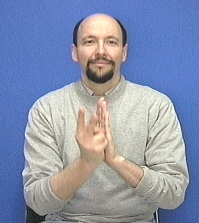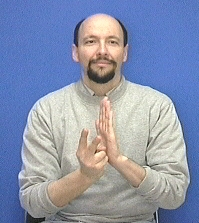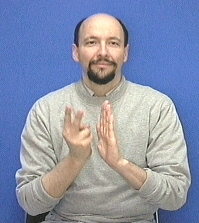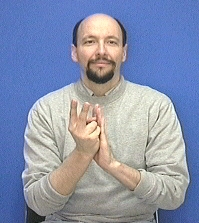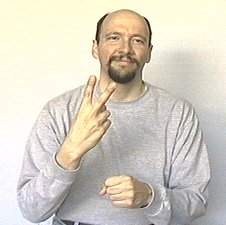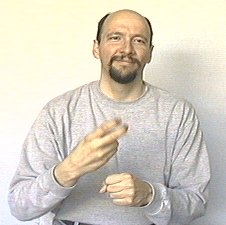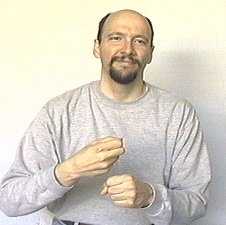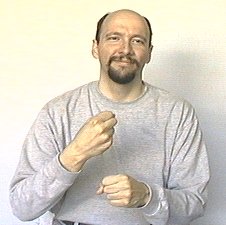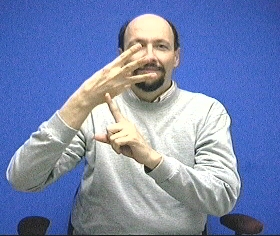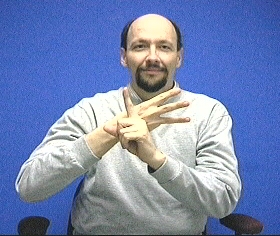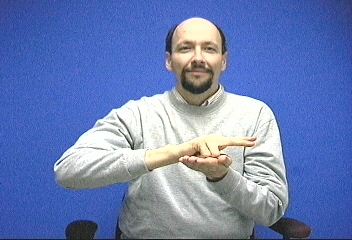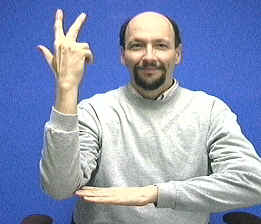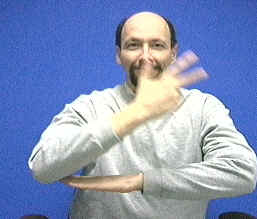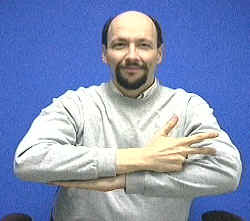American Sign Language: "numerical incorporation"
Numerical incorporation takes place when you incorporate a number into a sign.
For example, instead of showing the number two then signing the sign "HOUR," you can simply use the two handshape as the handshape for your dominant hand while doing the sign for "HOUR."
Sample sentence: Suppose you walk for four hours, would you be tired? = SUPPOSE WALK 4-HOUR, FUTURE-[will] TIRED YOU?
Another example is to incorporate numbers into "years."
Below you'll see me signing "2 years." You have to look carefully to see what is happening here. The right hand starts as a two and becomes an "S" handshape. The right hand moves downward toward the left hand and on its way toward the left hand the right hand makes a "loop-de-loop." Then it comes to rest on the top of the right hand. This is a "contracted" way of signing "year." As you will see from the "YEAR" page, the sign for year normally moves the right hand in a circle around the left hand. But advanced signers tend to shorten the process by doing the circle in "mid-air."
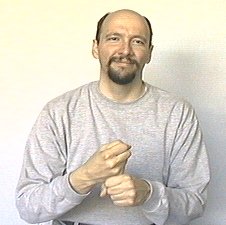
Many signs can incorporate numbers directly into the sign. For example, the concept of SIX + MONTHS can be expressed this way:
Three weeks can be done this way:
Three days can be done this way:
NOTES:
Numerical incorporation works well for most situations up to the number "9" (nine). Beyond that you should probably do the number separately.
Some people say that "age" can incorporate numbers higher than "9." I'm not going to argue with that because obviously there is a blending of handshapes going on with "ages." I'm simply going to mention that there are some identifiable differences between what we traditionally call "numerical incorporation" and what we call "assimilation."
Also see: 2-minutes
Also see: 4 O'Clock
You can learn
sign language
(ASL) online at American Sign Language University ™
Lifeprint.com © Dr. William Vicars
